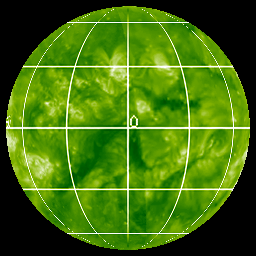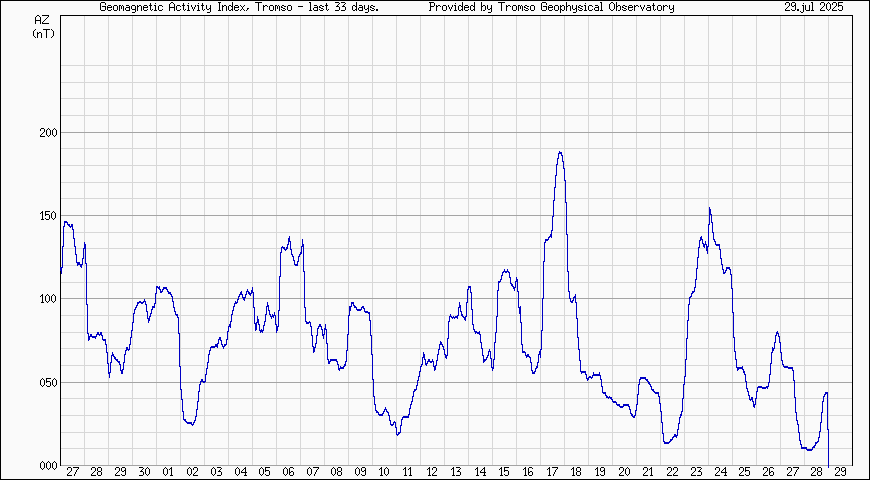
What is Space Weather?
Most of the time, space weather is of little concern in our everyday life. However, when the
space environment is disturbed by the variable output of particles and radiation from the Sun,
technologies that we depend on in our daily life, in space orbit as well as on the ground, can
be affected. Some of the most dramatic space weather effects occur in association with eruptions
of material from the solar atmosphere into interplanetary space. Thus, our space weather is a
consequence of the behavior of the Sun, the nature of Earth's magnetic field and atmosphere,
and our location in the solar system. The increasing deployment of radiation -current- and field
sensitive technological systems over the last few decades and the increasing presence of complex
systems in space combine to make society more vulnerable to solar-terrestrial disturbances. This
has been emphasized by the large number of problems associated with the severe magnetic storms
between 1989 and 1991 as the 11 year solar activity cycle peaked. By the way, The peak of the next
sunspot cycle is expected in late 2011 or mid-2012, potentially affecting airline flights,
communications satellites and electrical transmissions. But forecasters can't agree on how intense
it will be ... anyhow ... on this site, you can monitor these events quit closely.


SOHO Real-time View of the Sun: EIT-195 + Stereo EUVI 195


SOHO Real-time View of the Sun: Corona / LASCO-C2 + LASCO-C3

Statistical Aurora oval (extrapolated data of NOAA-14)


Geomagnetic activity index at Tromsų Geophysical Observatory Main page
Responsible editor: Truls Lynne Hansen
Web & cgi programmer: Børre Heitmann Holmeslet
The K indices show the local disturbance of the earth's magnetic field (Aurora). The K index is
a quasi-logarithmic measure of the maximum disturbance in steps of 0 to 9 for three hours (UTC)
each; 500 nT is the lower limit for K = 9. Large indices point to a correspondingly higher
penetration of corpuscular radiation.



![]()



